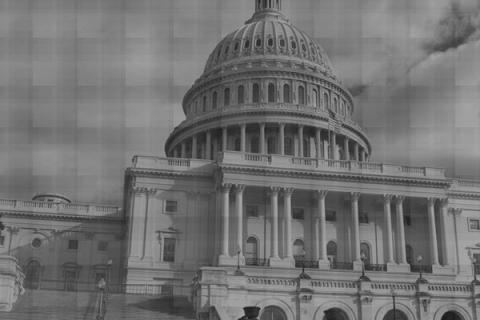The American Recovery and Investment Act of 2009, better known as the stimulus package worth a heaping $787.2 billion, sought in part to put Americans back to work. With $71 billion stipulated for energy and environmental incentives, and another $20 billion for green tax incentives, that funding has the potential to create a better environment, and the jobs--in California and beyond--to work toward it.
The Congressional Budget Office (CBO) estimates that the package will increase Gross Domestic Product by 1.4 to 3.8 percent by the fourth quarter of 2009. In the process, that can create up to 2.3 million new jobs, "green" ones included. In fact, $500 million have directly been set aside for careers set in energy efficiency and renewable energy fields.
How will--and can--this affect environmental innovation in California? Some examples are more direct than others. Take NASA, which has some of its largest research centers based in the Bay Area and Pasadena, and is earmarked to receive $1 billion, including $400 million for climate change and other Earth science research. Other exact uses of the funds remain unclear. Up to two billion could go toward Solar LA, Los Angeles' plan to utilize 10 percent of the county's power by solar sources by 2020 and, as a bonus, create 31,000 jobs. Such a move--though the total funding remains questionable until an exact breakdown occurs--is worth considering amidst the job crunch; the U.S. Conference of Mayors has predicted that 134,000 jobs will be lost between now and the end of this year in LA county, which is basically the second highest string of employment losses behind New York.
While most of the money categorized for general environmental purposes has yet to be divvied up, there are many more projects that stand to receive it. For the Golden State, that means a lot of tough decisions are in their hands, since states will oversee 69 percent of the stimulus money.
As reported in CAIVP earlier this month, Southern California Edison, which services more than 10 million customers, may be investing $15 billion in alternative energy for its power grids. The stimulus money would allow such ambitions to be brought closer to reality as $11 billion has been set aside for "smart grid" activities. Innovative green ideas such as California's Million Solar Roofs Plan, with aims of constructing 1 million solar rooftop installations over the next next ten years, can apply for a small piece of $6.3 billion of loan guarantees aimed at wind or solar projects.
Some scholars, writers, and organizations, such as the Heritage Foundation, argue that money toward such projects is being misspent, as the creation of these green jobs in the stimulus package could come at the poor cost of other ones. However, correlating places like California with a high number of green jobs and a weak economy is a logically flawed argument which offers no proof. Furthermore, as academic studies have demonstrated, environmental policies in California have created more jobs than they have eliminated.
Yet not all is environmentally pleasing about the stimulus package's environmental initiatives--or, in some cases, lack there of. Congress scratched a $4.6 billion provision for carbon capture and sequestration (CCS) technologies for coal-fired power plants. Vastly more money goes into roads than public transit, to the point where some say it effectively "screws commuters" with its unequal allocation of $27 billion for for highways versus $8.4 billion for transit and $3.4 billion for rail. Still, the large amount that remains of the environmental funds are still a good start if California really gives some thought as to what organizations and plans are both in the largest financial crunch and will benefit the most people down the line.
As UC Berkeley Professor David Roland-Holst aptly puts it: "If investments are made for the New Economy, enhancing productivity, long term employment gains will follow."
The money invested cannot fund all environmental projects--nor should it--but it can allow existing ones to operate more effectively and, ideally, with longer term social and environmental benefits.
